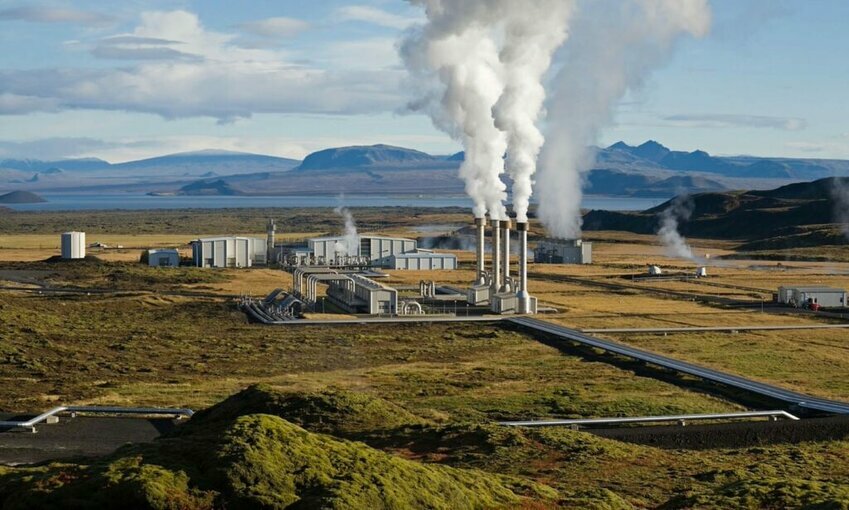 (Credit: Pixabay)
(Credit: Pixabay)The Western United States is an untapped resource for geothermal energy potential, with an estimated net generation capacity far beyond what is being used today.
Geothermal energy can be leveraged for many uses, including reliable, domestic, and renewable electricity generation for the grid, renewable building heating and cooling, underground thermal energy storage, and other direct-use applications for agriculture, recreation, and industry. One of the most important uses is passive heating and cooling of buildings, which accounts for 40% of an average home’s electricity use.
The untapped energy has excited leaders in the Western U.S. for years, leading to a new initiative last year to explore possibilities. The U.S. Department of Energy is also looking to create more geothermal power, adding new incentives in the last year to make the energy source cheaper and reach new carbon-neutral goals in the coming years. However, several barriers still remain, including creating a new infrastructure, regulations, and environmental protection.
The Western Governors’ Association is a non-partisan organization made up of all 22 U.S. governors who are considered to be part of the region. The Heat Beneath Our Feet Initiative was announced last year, and after a year of engagement with stakeholders, the Western Governors’ Association released a report on the progress.
Geothermal energy has a long history in the West, with Boise, Idaho, introducing the nation's first geothermal heating district in the 1890s, providing heat to residential and commercial buildings. That original Boise geothermal district is now the largest in the nation, heating more than six million square feet and the Idaho state capital.
The report, which serves as a resource for policymakers and stakeholders, created seven recommendations for increasing the development and deployment of geothermal energy in the West:
Overall, the report discovered huge amounts of potential energy sources in the West.
“The 2023 analysis concluded that the United States potentially has 90.5 gigawatts of electricity capacity that could be deployed by 2050, mostly in the West, including more than 80 gigawatts from enhanced geothermal system deployment after 2030,” the report stated. “This is more capacity than the entire U.S. nuclear fleet in 2021.”
The report also looked at several case studies across a handful of states where geothermal energy programs are in place. The studies looked at funding sources, energy methods, and energy output. The report further summarized several workshops since 2022 in Western states focused on geothermal energy in their localities.
See the full report here.